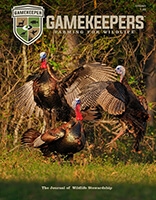Managing your property for wildlife can sometimes be overwhelming, both in terms of time and financial investment. However, wildlife management assistance may be closer than you think—with just a phone call or a website visit, you can access valuable resources.
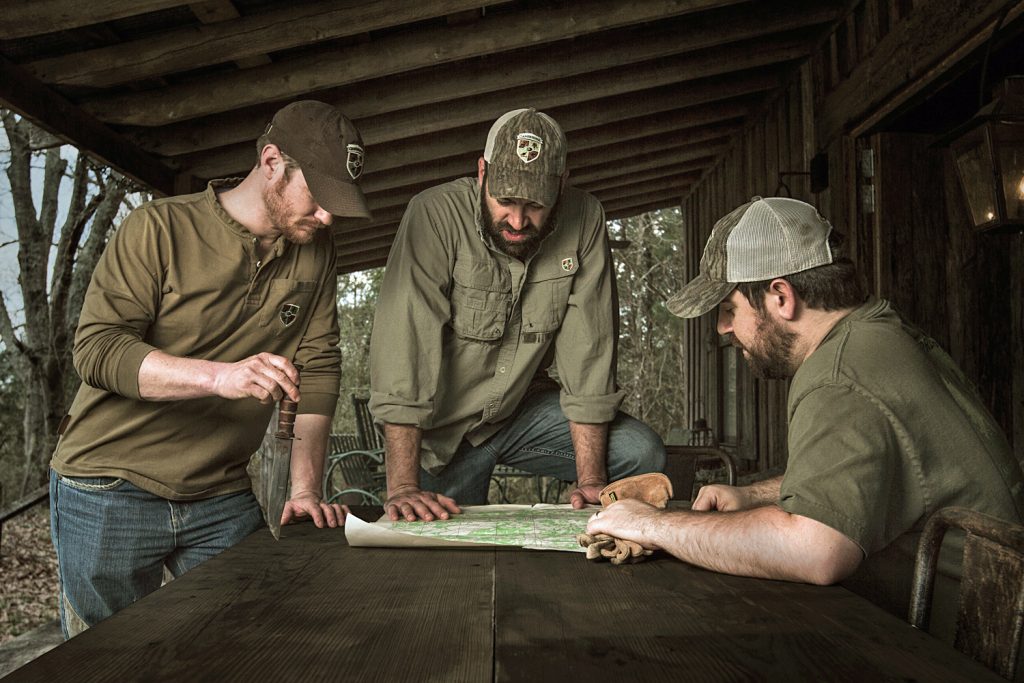
Mossy Oak
Step 1: Contact Your State Wildlife Biologist and NRCS
Getting started is a two-step process. First, contact the Natural Resource Conservation Service (NRCS) and your nearest state wildlife biologist. Most state wildlife agencies have websites that direct you to their private lands programs. For instance, in Kentucky, 16 biologists provide technical assistance to private landowners. By filling out a request form, a biologist will contact you to schedule an onsite visit. However, due to high demand, there may be a waiting period.
Step 2: Visit Your Local NRCS and FSA Office
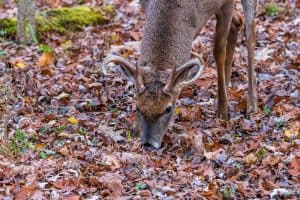
Aaron J Hill
Next, visit your local NRCS office, where the Farm Services Agency (FSA) is typically co-located. Introduce yourself to the District Conservationist (DC) and discuss your wildlife management plans. You may also receive an aerial photo of your land, which helps in planning your habitat projects. These agencies often collaborate, so it’s beneficial to explore available programs and how they integrate.
Preparing for the Biologist’s Visit
When the biologist visits your property, they will likely bring an aerial photo and assess your land. Additional helpful information includes:
- Previous habitat work completed
- Timber harvest history
- Deer/turkey harvest records
Understanding your management goals—whether it’s for deer, turkey, waterfowl, or quail—is crucial. Biologists will also consider available equipment and your time commitment to match your objectives with state and federal programs.
Federal Wildlife Management Programs
Conservation Reserve Program (CRP)
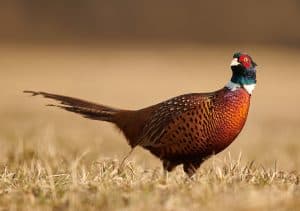
Piotr Krzeslak
The NRCS, under the USDA, offers technical guidance and cost-sharing programs like the Conservation Reserve Program (CRP). Since its inception in 1985, CRP has reforested land and restored native grasslands, significantly boosting wildlife populations. As of October 2024, approximately 26 million acres are enrolled in CRP, with an additional 2.2 million acres expected under the new Farm Bill.
Environmental Quality Incentives Program (EQIP)
EQIP, launched in 1996, receives around $1 billion annually to support landowners. However, contracts are awarded based on ranked proposals, and funding is not always guaranteed. EQIP covers up to 75% of project costs, assisting with wildlife-friendly practices like patch cutting and timber stand improvements.
Additional Federal Assistance: Partners for Fish and Wildlife
This lesser-known program, managed by the U.S. Fish and Wildlife Service, provides expertise in prescribed fire, endangered species conservation, and stream protection. These biologists can also help landowners access USDA cost-share funds.
State-Specific Wildlife Assistance Programs
Many states offer private landowner assistance programs, including cost-share funding. Here are a few examples:
- Ohio: Private Lands Biologists assist landowners with habitat management across multiple counties.
- Kentucky: Offers over 35 habitat management guides and biologists who match landowners with funding opportunities.
- Florida: The Landowner Assistance Program supports habitat management and deer surveys for antlerless tag allocation.
- Arizona & Montana: Programs focus on habitat improvement and recreational access through state funding.
- Mississippi: Nonprofit groups like Mississippi Wildlife provide matching programs for habitat restoration.
- Georgia: The Bobwhite Quail License Plate Program funds habitat improvements for quail restoration.
- Arkansas: Initiatives like “Acres for Wildlife” and waterfowl conservation programs enhance private land habitat.
Take Action Today
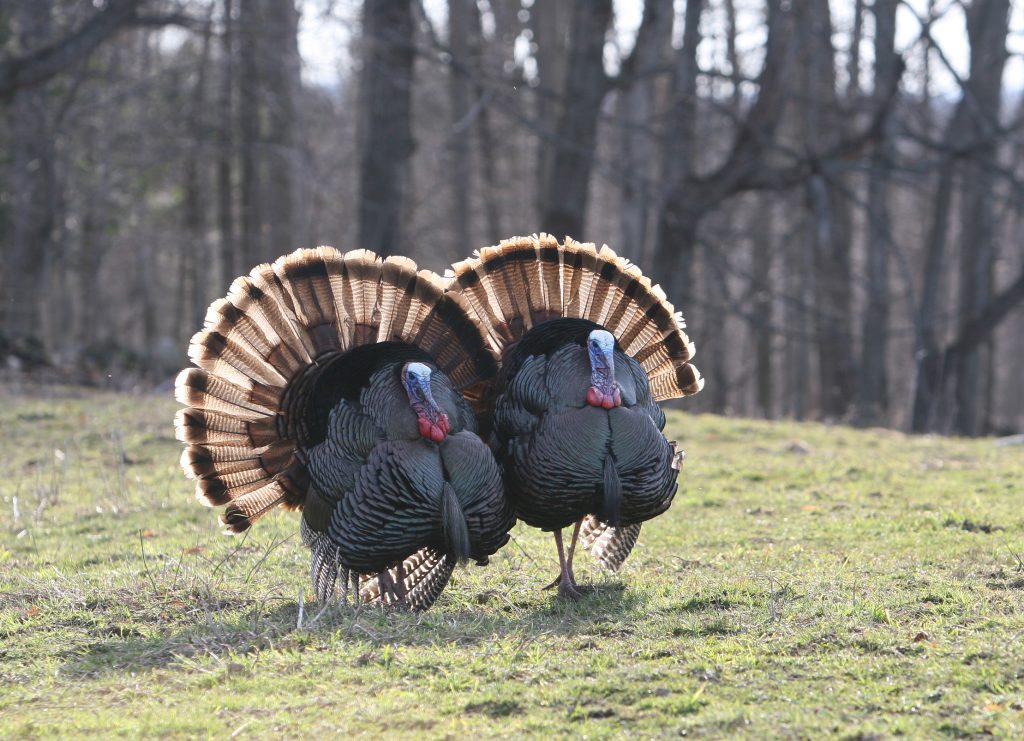
Monte Loomis
State and federal programs offer significant support for private landowners seeking to improve wildlife habitats. Whether through CRP, EQIP, or state-specific initiatives, resources and funding are available. A simple phone call to your state wildlife agency, NRCS, or the U.S. Fish and Wildlife Service can set you on the path to enhancing your land for future generations of wildlife and hunters.
Join our weekly newsletter or subscribe to GameKeepers Magazine.
Your source for information, equipment, know-how, deals and discounts to help you get the most from every hard-earned moment in the field.
